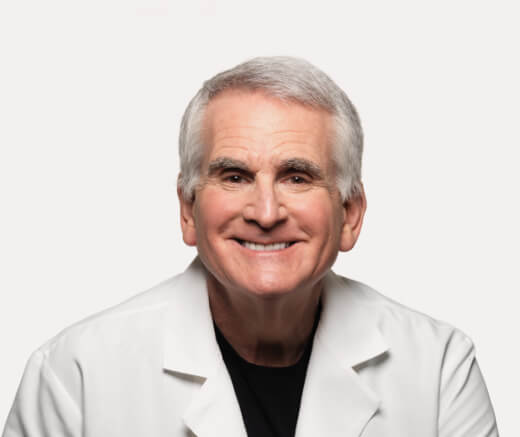
If you have dry, flaky skin then sure - give it a go - but most of us might not know that a moisturizer isn't a quick fix for every "dry" skin issue and, sometimes, these products can make things worse. Putting moisturizer on the soles of your feet is a prime example, as is adding a dab or two to your scalp, above or between your eyebrows and next to your nose. Eczema is also a common skin condition that people might try to treat with moisturizers, but depending on the type and severity of the eczema, it may need to be treated with hydrocortisone or a prescription skin care treatment as well.
Where Should You Apply Moisturizer
You're probably wondering where exactly a moisturizer fit into your skincare routine. Pay attention to the areas of your skin that aren't as hydrated. They'll most likely feel dry, flaky, and sometimes itchy. Apply a moisturizer to these areas right after you get out of the shower. Speaking of showers, while it's tempting to take a really hot one (especially in sub-zero temperatures), lukewarm showers are your best bet.
Choosing a Light Moisturizer
If you're skin isn't dry and flaky, you most likely won't need a moisturizer. But, in the winter time even the most hydrated skin can feel a bit depleted. So, if you aren't prone to dry skin - and don't normally use a moisturizer - chose something light like BeautyRx Light Rehydrating Lotion. You might opt for a heavier product, like BeautyRx Ultimate Moisture Night Cream, in the winter time when you're skin will be hard-pressed to stay hydrated.
Oh, and don't forget your lip balm, which is a great moisturizer to keep handy. I have one stashed in every handbag.
Back in August, we talked about moisturizers - the who, what, where, when and how. Care to take a look?
 BRX REWARDS
BRX REWARDS


















Leave a Comment